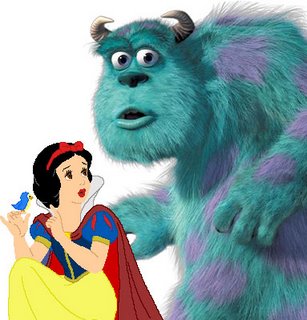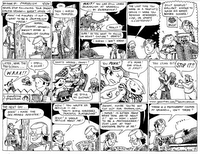Advisory: This Ain't Disney!
 Grade 11 & 12 Media Arts & Comm Tech Journal Entry Question #4
Grade 11 & 12 Media Arts & Comm Tech Journal Entry Question #4As many of you who watch South Park, Japanese anime, or Family Guy will know, animations are not always for young children. Animations, just like film, come in all genres, including horror! Watch the trailers of "Blood Tea and Red String" or "The Cat with Hands" which are some very technically sophisticated - and creepy - examples of stop-motion animation. Review one trailer and discuss how the creator disrupts your expectations of animation.
Grade 11 & 12 Media Arts & Comm Tech Journal Entry Question #5

Some animation purists say that computer animation, like that of Pixar, is cold and too rendered. Some modern animators believe that hand animation is dead because it is too time-consuming and labour-intensive. Compare and contrast traditional hand animation to computer animation using examples that you are familiar with. What do you prefer and why?





